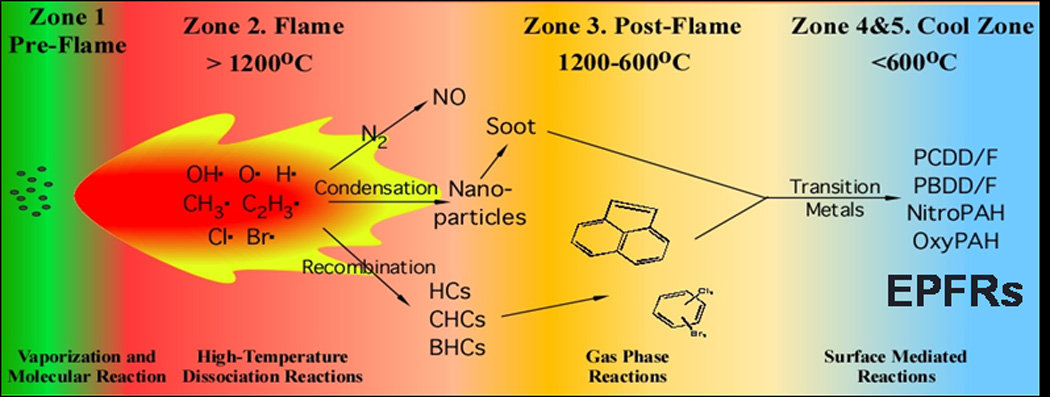The LSU Superfund Research Program brings together researchers from Louisiana State University and the LSU Health Sciences Centers in New Orleans and Shreveport to investigate the formation and health effects of environmentally persistent free radicals, newly-recognized pollutant-particle systems that may be formed from hazardous waste at Superfund sites. The Program consists of: three biomedical projects, three non-biomedical projects, four research support cores, as well as an administrative core, a research translation core, a community outreach core, and a training core.
The communication of research findings and their implications is a critical component of the project. Information will be disseminated widely to technical professionals in the medical and emergency response professions, regulating and regulated communities, and the general public, including communities affected by hazardous wastes and thermal treatment of wastes, academia and the new media. Intellectual property transfer, making inventions and technologies resulting from the Program’s research available to business, industry and the public via licenses, will be facilitated by LSU Office of Intellectual Property and the LSU System Research Technology Foundation.
The program is funded by the National Institute of Environmental Health Sciences Superfund Basic Research Program and led by Dr. Barry Dellinger, LSU Professor and Patrick F. Taylor Chair of Chemistry.

Zone 1, the pre-flame, fuel zone, is characterized by a wide range of temperatures (near ambient to 1200oC), residence times on the order of 0.1 s, and low excess air conditions. Zone 2, the high-temperature, flame zone, is characterized by temperatures of 1000 to 1800oC at which essentially every organic compound will undergo complete conversion to its most thermodynamically stable end-products, i.e., carbon dioxide, water, hydrochloric acid, nitric oxide, and, under local pyrolysis conditions, soot. Zone 3, the post-flame thermal zone, is a chemistry-rich zone where various types of radical-molecule reactions occur. It is characterized by temperatures from ~ 600 to ~ 1100oC, residence times of a few seconds, and both oxygen rich as well as oxygen depleted regions. Zone 4, the gas quench, cool zone, exists downstream of the flame and post-flame zones and can be characterized by either gradual or rapid quenching of the gas temperature. Zone 5, the surface catalysis, cool zone is fundamentally different from the other four zones in that one must now consider the effects of surfaces at temperatures between 200 and 600oC.

